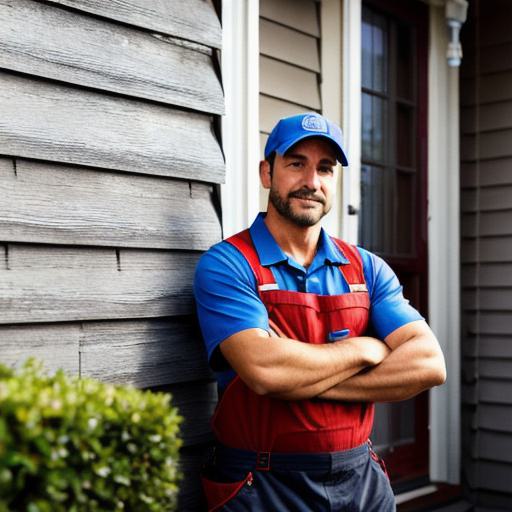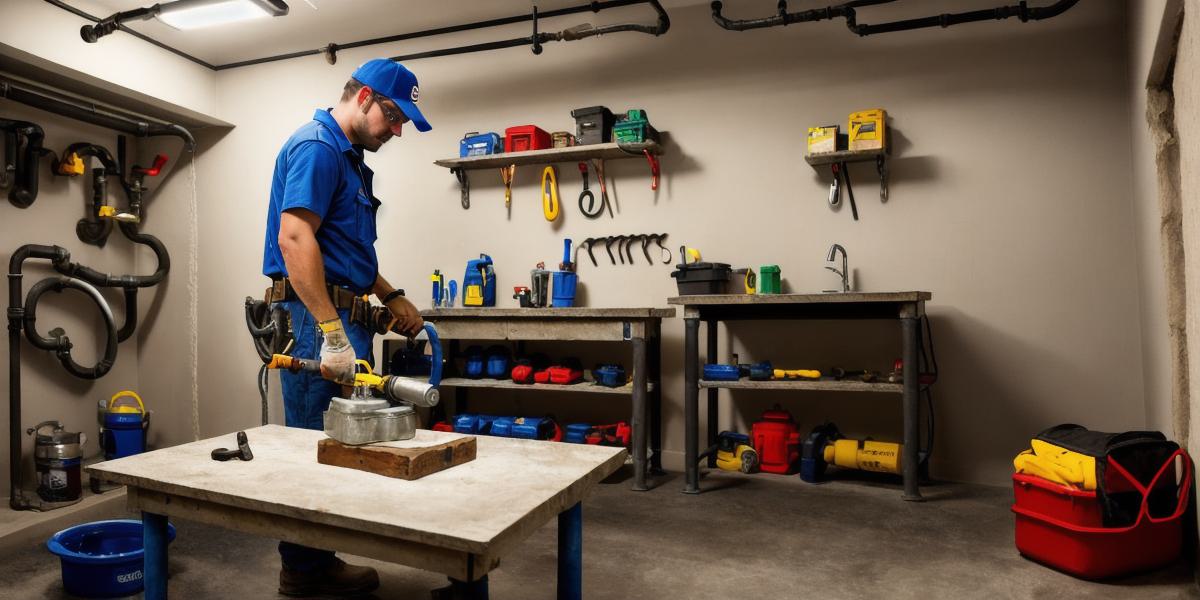If you’re a homeowner, there are many things you need to keep an eye on when it comes to maintaining your property. One of the most important aspects of home maintenance is ensuring that your plumbing system is in good working order. However, if you notice leaks or other issues with your pipes, you may need to consider repiping your house.
What is repiping?

Repiping is the process of replacing all or part of a building’s water supply piping system with new pipes made from a different material. This can be done for various reasons, such as the old pipes are leaking or corroded, the pipes are made from outdated materials, or the homeowner wants to upgrade their plumbing system for aesthetic or functional reasons.
Why do I need to repipe my house?
There are several reasons why you may need to repipe your house:
- Leaks and Corrosion: If you notice leaks or corrosion in your pipes, it’s a sign that they need to be replaced. These issues can cause water waste and even structural damage to your home if left unchecked.
- Outdated Piping Materials: Many older homes have piping systems made from outdated materials such as galvanized steel or lead. These materials are prone to leaks and corrosion, and they may also contain harmful chemicals that can be dangerous to your health.
- Aesthetics: If you’re looking to update the look of your home, repiping your house can be a great way to do so. New pipes can add value to your property and give your home a modern, upgraded look.
- Functionality: If you have outdated plumbing fixtures or appliances, they may not be functioning at their best. Repiping your house can give you the opportunity to upgrade these fixtures and appliances, improving the functionality of your home.
What to Expect During the Repiping Process
The repiping process can be a daunting task, but with proper planning and execution, it can be completed efficiently and effectively. Here are some things you can expect during the repiping process:
- Preparation: Before the actual repiping work begins, your plumbing contractor will need to prepare your home. This may involve draining your water supply, removing fixtures, and protecting your floors and walls from any damage that may occur during the installation process.
- Demolition: Once everything is prepared, the contractor will begin the demolition process by removing the old pipes. This may involve cutting holes in walls or floors to access the existing plumbing system.
- Installation: After the old pipes are removed, the new pipes will be installed. The installation process involves threading the new pipes through your home and connecting them to your fixtures and appliances.
- Testing: Once the new pipes are in place, they will need to be tested to ensure that they are working properly. This may involve running water through the pipes and checking for any leaks or other issues.
- Cleanup: Finally, the contractor will clean up the installation site and leave your home as it was before they arrived.
Costs of Repiping
The cost of repiping a house can vary depending on several factors, such as the size of your home, the type of materials used, and the complexity of the project. On average, the cost of repiping a single-family home can range from $1 to $3 per square foot of pipe. However, this cost can quickly add up if your home has a large plumbing system or if you choose to use more expensive materials such as copper or PVC.
FAQs
Here are some common questions about repiping a house:
Q: How long does it take to repipe a house?
A: The length of time it takes to repipe a house can vary depending on several factors, but the process usually takes anywhere from one to two weeks.



